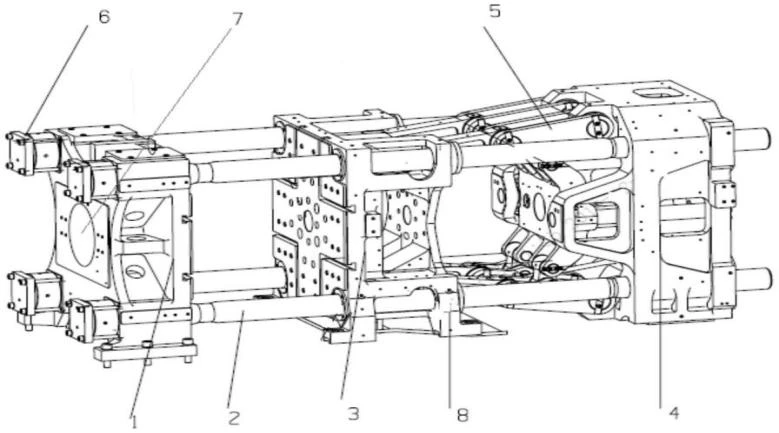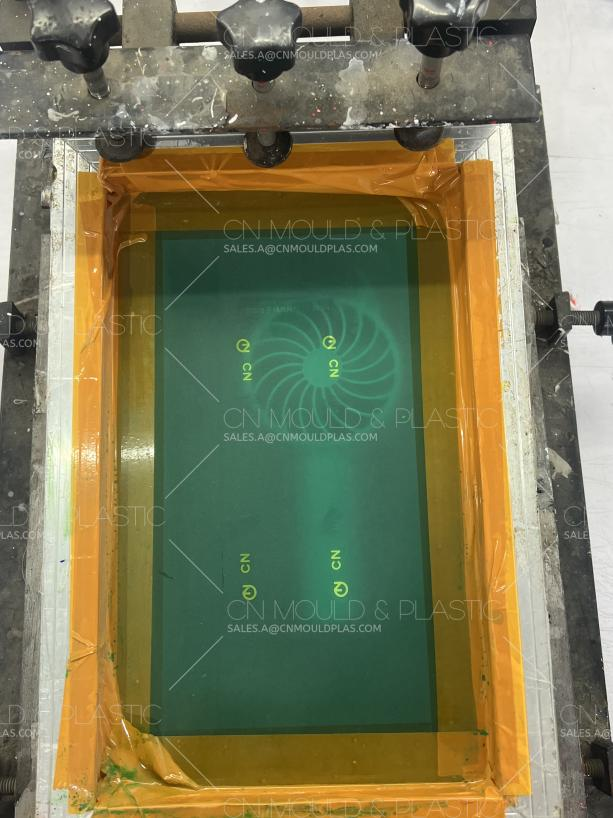1. Causes of Poor Surface Gloss
When evaluating the gloss of injection-molded products, the key factors are the degree of brightness on the surface and the uniformity of that brightness. Typically, two types of defects can be identified: one where the surface gloss is either too high or too low, and the other where the gloss is uneven, showing variations.
Poor surface gloss refers to a dull, non-glossy surface, or reduced transparency in transparent products. The main causes of poor gloss during production include the following:
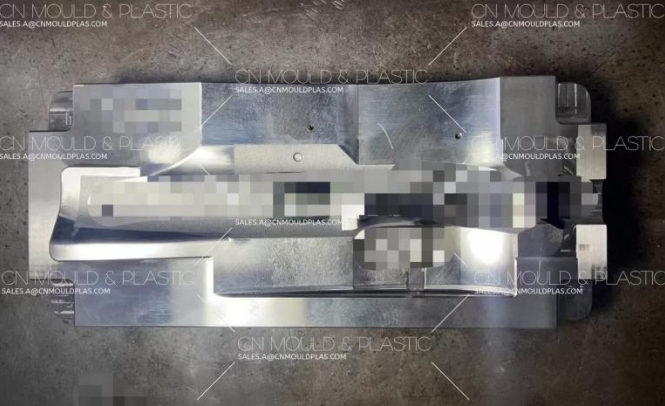
(1) Contamination and Surface Defects on the Mold Cavity
Oil, moisture, excessive or improper use of release agents on the mold cavity surface can cause the molded part to appear dull. Additionally, any scratches, corrosion, or micro-holes on the mold cavity surface can be transferred to the product, leading to poor surface gloss.
(2) Small or Abrupt Changes in the Gate and Runner Cross-Sections
If the mold gate and runner cross-sections are too small or experience sudden changes, excessive shear forces during injection can cause unstable, turbulent flow of the molten material, resulting in poor gloss on the product's surface.
(3) Poor Ventilation in the Mold
If the vent holes or exhaust channels in the mold are too small or blocked, improper venting can cause gas to accumulate in the mold cavity, leading to a dull finish known as "sticking" gloss.
(4) Low Barrel and Nozzle Temperatures
If the barrel or nozzle temperature is too low, resulting in poor plasticization of the melt or insufficient material supply, the surface gloss of the molded parts will be compromised.
(5) Excessive Injection Speed
If the injection speed is too fast, the air in the mold cavity may not have enough time to escape, causing trapped air to lead to "cloudy" or poor gloss on the product.
(6) Slow Injection Speed
If the injection speed is too slow, the temperature of the leading edge of the material flow may be too low, which can negatively affect the surface finish.
(7) Low Injection Pressure or Insufficient Holding Pressure
If the injection pressure is too low, or if the holding pressure is too short, the material will not be sufficiently compacted, leading to poor surface gloss.
(8) Mold Temperature Too High or Too Low
The mold temperature plays a significant role in the surface quality of molded parts. Surface gloss can vary significantly depending on the type of plastic and the mold temperature. If the mold temperature is too low, the material may immediately solidify when it contacts the mold, causing poor reproduction of the mold cavity's surface. If the material and mold temperature are too high, the material may decompose, producing low-molecular volatile substances that form micro-holes on the surface, resulting in dull, poor gloss..
(9) Poor Filler Dispersion in Fiber-Reinforced Plastics
If the filler in fiber-reinforced plastics is poorly dispersed or exposed on the surface, it can cause a loss of gloss.
(10) Moisture or Volatile Content in the Material
High moisture content or other volatiles in the material, poor flowability of the resin, mixing of incompatible materials, uneven particle sizes, or excessive use of recycled material can all lead to poor surface gloss.
(11) Uneven Cooling for Crystalline Resins
For crystalline resins, uneven cooling can lead to poor gloss. For thick-walled parts, insufficient cooling can cause the surface to become rough and dark.
2. Measures to Avoid Poor Gloss
(1) Polish the Mold Surface and Keep It Clean
Ensure that the mold cavity is free of oil, water, and contaminants. Use the proper type and amount of release agent to prevent dullness on the surface.
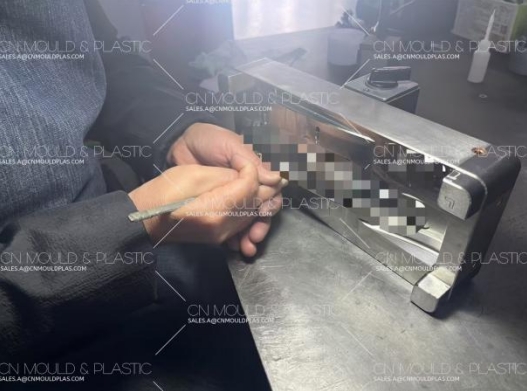
(2) Increase Mold Temperature
Appropriately increase the mold temperature and ensure uniform temperature distribution. It is recommended to use a temperature-controlled cooling circuit with warm water to transfer heat quickly across the cavity, avoiding prolonged molding cycles.
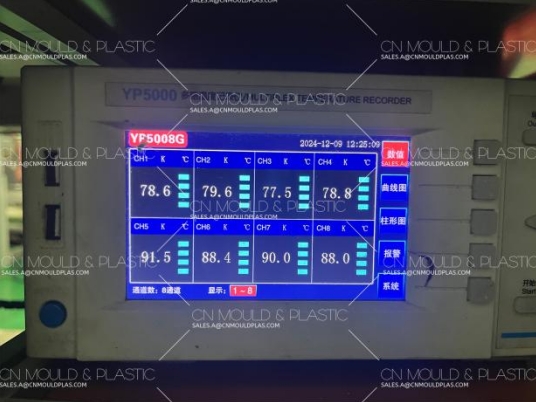
(3) Increase Barrel and Nozzle Temperature
Raise the temperature of the barrel and nozzle slightly to improve material flow and plasticization.
(4) Reduce Injection Speed for Specific Defects
If a milky or dark area appears near the gate or at the change in cross-section, reducing the injection speed can help improve gloss.
(5) Dry the Material Thoroughly
Dry the material properly before molding, and ensure that it is mixed evenly. Sieve the material to ensure particle uniformity.
(6) Ensure Clean and Dry Regrind Material
If using regrind material, ensure it is clean and dry. Limit the use of regrind material in the production of molded parts.
(7) Improve Filler Dispersion
If poor filler dispersion causes poor gloss, switch to resins with better flow properties or use a stronger mixing screw to improve dispersion.
(8) Control Injection Speed
Maintain an appropriate injection speed and increase or enlarge venting holes or exhaust channels to ensure smooth venting of the mold.
(9) Increase Injection Pressure or Holding Pressure
Ensure the injection pressure and holding pressure are sufficient and that holding time is adequate to compact the material fully inside the cavity.
